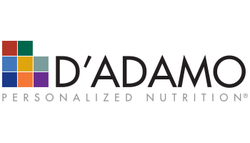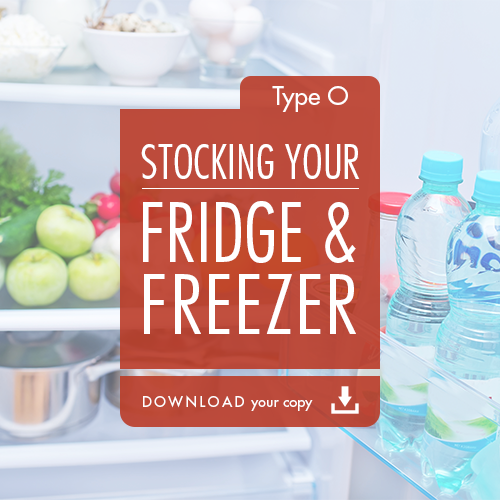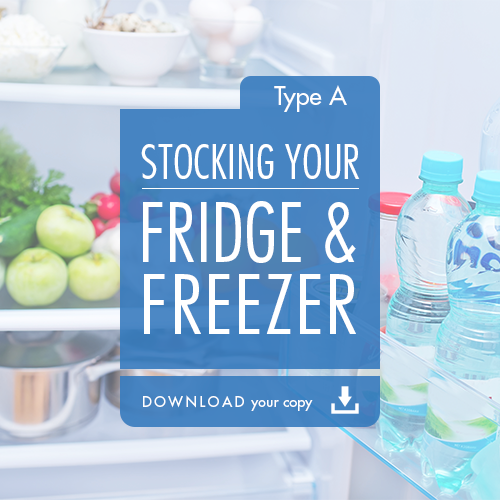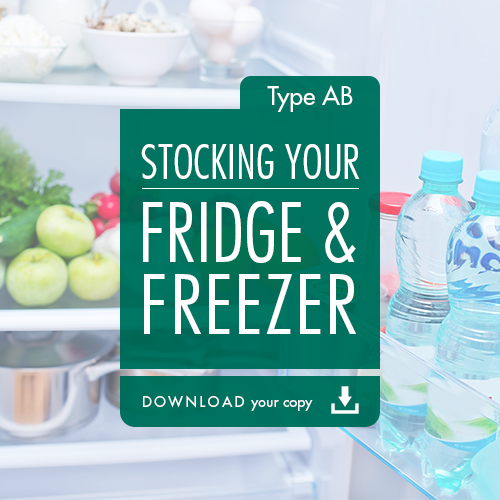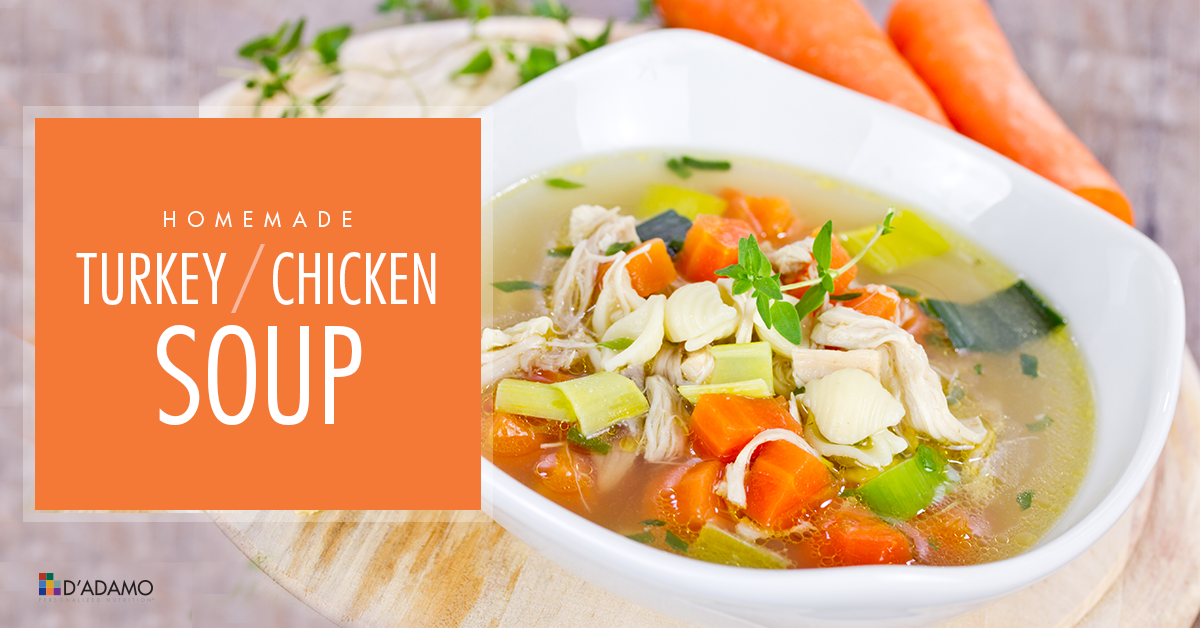Volume 12, Number 11
- A Month of Gratitude by Martha D'Adamo
- Your Refrigerator and The Blood Type Diet
- Biometrics by Peter J. D'Adamo
- Flu Season Is Here! by Megan Lawrence
- November Product Specials: 25% OFF ARA, Proberry 3 Liquid, Proberry Caps, and Genoma Skincare
- Blood Type Diet in the News
- Recipe: Homemade Chicken Soup
A Month of Gratitudeby Martha D'Adamo |
|
 |
Gratitude and giving thanks are powerful tools for emotional well-being. Gratitude begins with the awareness that all we have in our lives is a gift. This means the good and what we might consider not-so-good. Gratitude is easy to practice, needs no external equipment, devices, or props. All it requires is the willingness to appreciate our lives as they are, in the moment, and to recognize that which we have. Rather than wait until Thanksgiving to say thank you, I'd like to designate the month of November as "gratitude month." Each day, take 5 minutes and write down what you are grateful for, and actively give thanks for it, whether it is a thing, a person, a life event. You'll be surprised to look at your notes on December 1st and see how long the list is. I am practicing this as a person, and we are practicing this as a company, as we recognize and appreciate that we exist because of our great customers who recognize the role that personalized nutrition plays in their lives. With gratitude and thanks, |
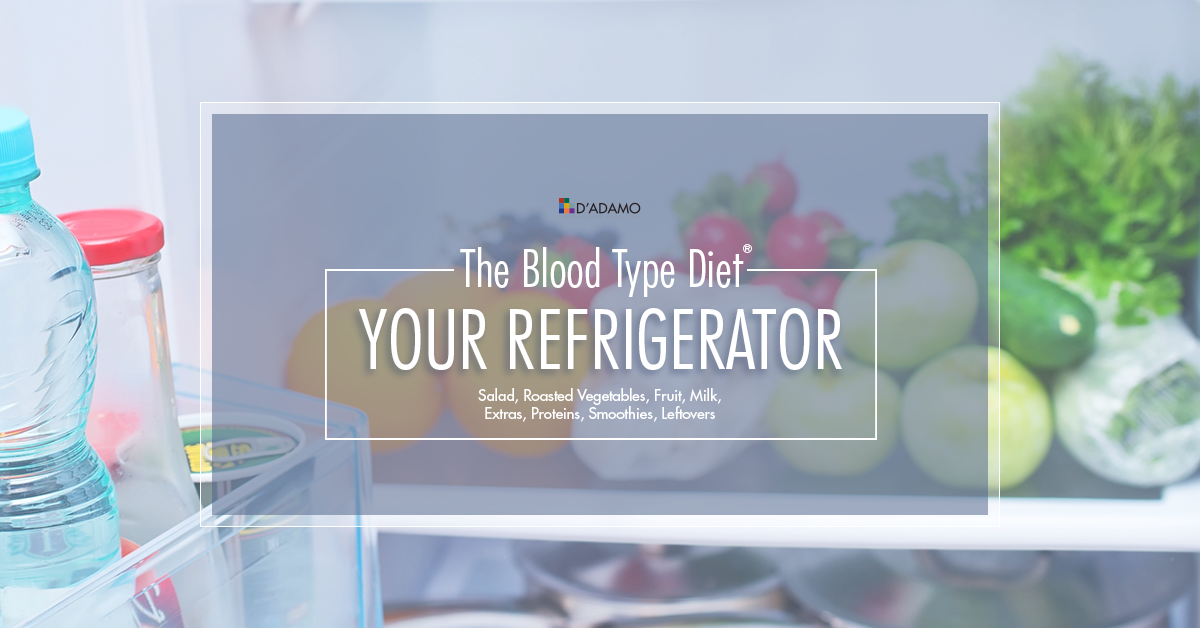 |
|||
|
Have you ever had the experience of opening the refrigerator door and standing in front of it, not knowing what to eat? We all have, and to help you with this, we are featuring a great "how-to" excerpt from the ER4YT Personalized Cookbook series entitled "Your Refrigerator and the Blood Type Diet." This is a great resource by blood type about how to stock your fridge. Getting Started with the Fridge: Salad, Roasted Vegetables, Fruit, Milk, Extras, Proteins Filling up Your Freezer: Smoothies, Leftovers, Protein Select your blood type and download your personalized guide below. |
|||
|
*Editors note: This is an excerpt for the Eat Right 4 Your Type Personalized Cookbook for Type O by Dr. Peter J. D'Adamo with Kristin O'Conner, copyright 2013. For other helpful tips and delicious recipes, check out your Eat Right for Your Type Personalized Cookbook. |
|||
Biometricsby Dr. Peter J. D'Adamo |
|
|
Biometrics is the measuring and analyzing of human body characteristics. Some high-tech security systems, such as retina scanners or fingerprint ID, use biometrics. It can also be used to determine your metabolism and health tendencies, which can help identify the ideal diet and exercise plan for you. We all start out with genes from our parents, which is genetics. But that's only half the story. How those genes react to our environment is known as epigenetics. For example,you may have inherited a tendency for diabetes or heart disease, but these genes can be "turned on" or "silenced." By the time you're born, a lot of these patterns have been set. Your cells are constantly replicating, and each time they do, the basic genetic pattern is copied exactly. But which genes are "turned on" and which ones are "silenced" can change each time a cell is copied. That means that your diet, exercise, and stress levels can change long-standing patterns. Biometrics can identify epigenetic patterns. One example is the Agouti mouse. Some of these mice are born overweight,have a tendency towards diabetes, and have golden fur. If the mother mouse is fed a better diet while pregnant, she'll give birth to a normal weight mouse with brown fur. There's no particular reason that fur color and weight should be related, but the genes for those two tendencies happen to be close together. You can look at a pup and know whether or not it's prone to diabetes just from the color of its fur. Similarly, we can tell a lot about a person's metabolism and health tendencies based on leg length, fingerprints, and other apparently random measurements. Many things in the prenatal environment can cause a health tendency AND a measurable difference in the body, because they developed around the same time. Various measurements are used in the GenoType Diet to help determine which of 6 GenoTypes you best fit into. |
|
|
Leg length is measured in two ways. First, the total leg length is compared to the length of the torso. Secondly, the upper leg is compared to the length of the lower leg. Both of these ratios reflect the amount of growth factors you were exposed to in the womb. This affects the risk of diabetes, heart disease, and cancer. |
|
|
Finger lengths reflect the prenatal exposure to sex hormones. Longer ring fingers means you were exposed to more androgens (male sex hormones) and longer index fingers means you were exposed to more estrogens (female sex hormones) while in the womb. The amount of space between your thighs and knees when you stand with your ankles together also reflects prenatal hormone exposure. More gaps reflect "male" tendencies, while more touching reflects more "female" tendencies, regardless of your actual sex. This is a reflection of how your body was put together, and helps to figure out which GenoType best describes you. It's not about how "manly" or "feminine" you are. |
|
|
Fingerprints develop between 6 and 21 weeks of gestation, so fingerprint patterns reflect the prenatal environment for that whole time. There are 3 major patterns found in fingerprints, known as whorls, arches, and ulnar loops. Having 3 or more arches is linked to sluggish digestion, 6 or more whorls indicates a higher risk of breast cancer, and 8 or more ulnar loops is linked to higher rates of Alzheimer's disease and cognitive decline. Symmetry in fingerprints is also important- whether the patterns on both index fingers, both pinkies, etc are the same or different. |
|
|
Asymmetry can be found in other measurements as well, such as having a longer ring finger on one hand and a longer index finger on the other, or a longer upper leg on one side and a longer lower leg on the other. This reflects prenatal stress. The two sides of a baby develop independently, but usually along the same lines. Stress may interfere with development on one side only, creating asymmetry. Some GenoTypes are categorized by more symmetry than others. There are other measurements that can help refine your GenoType, and these can be found on pages 46 through 84 of Change Your Genetic Destiny. Dietary and exercise guidelines for each GenoType are outlined in that book as well. SWAMI software also uses these biometrics, to compute a diet and exercise guideline just for you. |
|
Flu season is here!by Megan LawrenceAbout the author: Megan Lawrence has worked at the Center of Excellence in Generative Medicine for over two years. Her role at the front desk is enhanced by her background as a personal life coach, and she received her certification through the Institute for Integrative Nutrition. We are excited to have Megan as an on-going contributor to the newsletter and the blogs! |
|
While Fall and Winter are beautiful, they're the time when most people get sick. The temperature drops, the air gets drier and we heat our houses to keep warm. This combination causes our bodies to dry out. The drier we become, the more susceptible we become to the infections that are running rampant among everyone around us. The thing to remember is it is all about preventing getting sick. Luckily, there are many foods that help prevent sicknesses like colds and the flu. We want to make sure we're decreasing our chances of getting sick by boosting our immune systems.
Vitamin C...Does it help or not? Studies suggest that, as far as colds go, there is little to no benefit from taking a daily dose of Vitamin C. It's said that it does not help shorten the duration of or lessen the symptoms of colds. That being said, don't just forget about Vitamin C. It's still has benefits, such as keeping our eyes healthy, improving iron absorption, and protecting our cells from free-radicals. Plus, Vitamin C increases the production of infection-fighting white blood cells and antibodies. Foods that contain Vitamin C:
If you find yourself coming down with something despite your efforts, eat foods full of vitamins and minerals. Vitamins A & C, Selenium, Omega 3 fatty acids, and Zinc are the best immune-boosting ones! Hopefully you'll be able to shorten the duration of your cold, flu, etc. In addition to vitamins and minerals, there are many spices that also strengthen the immune system. Herbs and spices that strengthen the immune system:
Foods that contain Vitamin A:
Foods that contain Zinc:
|
Natural Cough Remedy
In a bowl, dissolve or mix cayenne and ginger in the apple cider vinegar and water. Add honey and mix well. Pour into a jar, seal with a lid and refrigerate. Take 1 tablespoon as needed for cough. |
25% OFF*: ARA, Proberry 3 Liquid, Proberry Caps, and Genoma SkincareInstead of promoting post-Thanksgiving specials and cyber Monday, this year we thought we'd change it up and have November be a month-long cyber special. Check out the great savings on products and enjoy them all month long. |
Blood Type Diet in the News |
|
|
Here's a round up of articles about the blood type that have appeared in recent news reports. These reinforce the value of personalized nutrition and the BTD in health and wellness, and also in developing health strategies for specific diseases. Science is catching up to Dr. Peter D'Adamo! |
|
 |
What Your Blood Type Means For Your Health |
 |
Fingerprints Hold Clue to Ancestry |
 |
Blood Type And Brain Health: Type O Protects Against Cognitive Decline Via Gray Matter |
Homemade Turkey/Chicken Soupby Megan Lawrence |
|
|
Ingredients
Directions Put the chicken, carrots, celery and onion in a large soup pot and cover with cold water. Simmer, uncovered until the chicken falls off the bones - about 2-2.5 hours (skim off foam every so often). Take everything out of the pot and strain the broth if need be. Pick the meat off the bones. Add back to the broth and serve! |
|
|
For other helpful recipes, get yourEat Right for Your Type Personalized Cookbook, |
|
